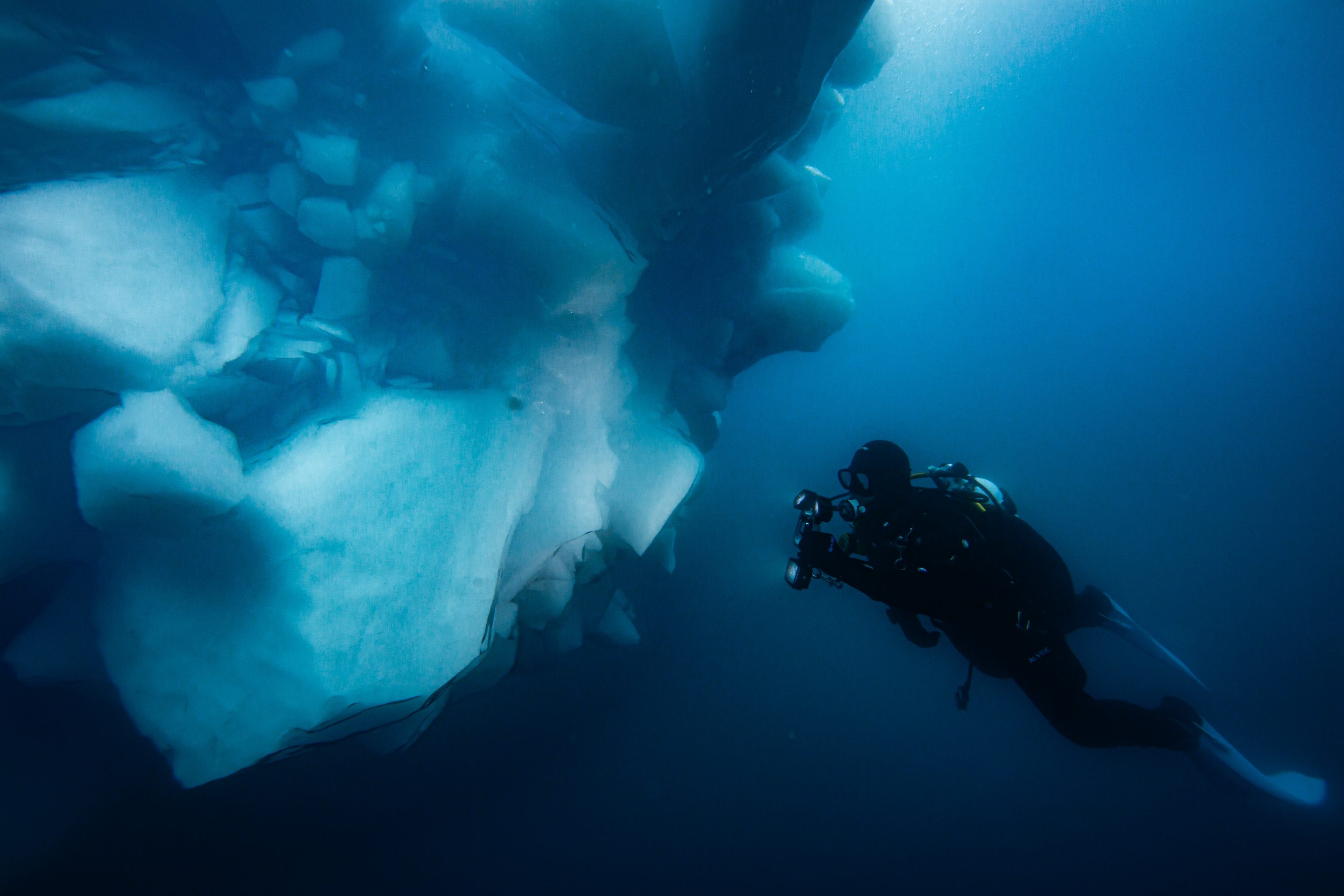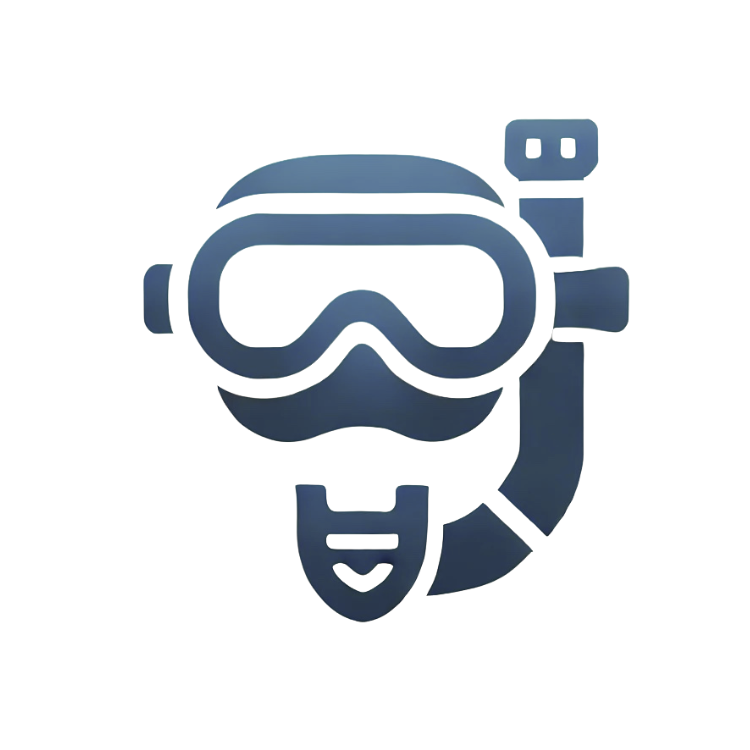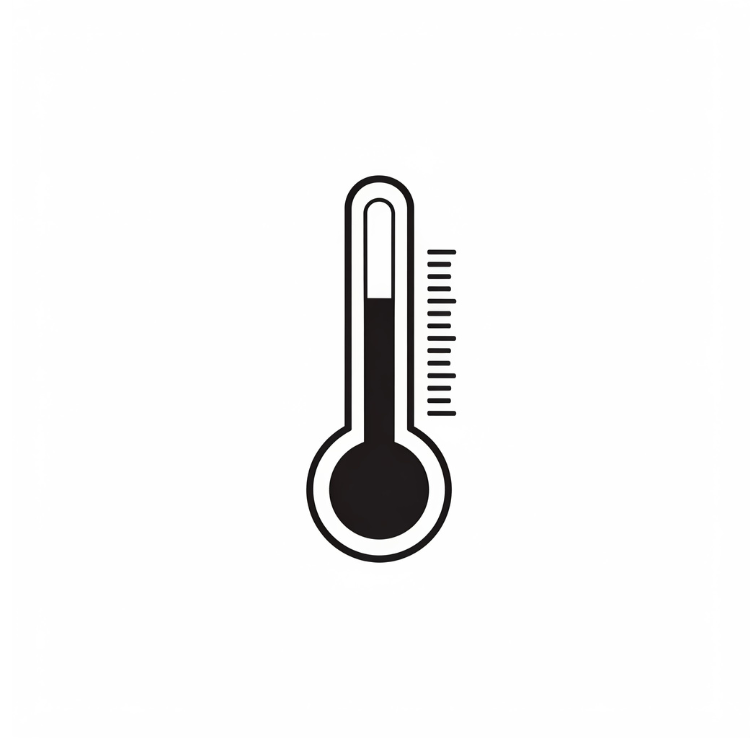Scuba Diving in Antarctica
Scuba diving in Antarctica is definitely an experience beyond the norm. Antarctica has some really incredible diving that you won’t see anywhere else, and even has some wrecks. Not many operators undertake scuba diving, but the ones that do have a lot of experience and will help you to get the most out of the experience.

What will you see?
Depending on the dive site, you could see jellyfish, spider crabs, sea snails, sea butterflies, jellyfish, squid, sea squirts, starfish, krill anemones, peacock worms and a variety of fish species. If you’re really lucky you might see a seal, or penguins, or even a whale.
In terms of the dive site, you could be diving alongside a grounded iceberg, around a shallow iceberg, along a shallow sloping bays, along a wall, or around a wreck.
As any diver will know, you never know what you might see and there are no guarantees, but the thrill of knowing where you are diving makes the experience well worth it.
How is the diving done?
Weather dependent, there are normally two dives per day, in the morning and afternoon. Equipment is loaded into the zodiacs before departing to the dive site. The dive guides will conduct a risk assessment before giving you a briefing. Then you will do the dive in your buddy team. Dives are limited to a maximum depth of 20m. This is to minimise decompression stress due to the remoteness of the location. Dive times are limited to 45 minutes because of the temperature of the water, which can be between o°C-2°C (32 to 28.4°F). Theoretically, it could go as low as -4°C (39.2°F), but this is rare.
Buddy teams are usually 2 people, but can be 3. If someone is travelling solo, they will be put with a buddy or buddy team of 2 to make 3.
What equipment is provided?
12L (100 cu ft) steel cylinders are provided with dual outlet valves., filled to 220 bar (3,200 psi). A range of lead weights are kept on board, from 0.5kg to 4kg (1 to 9lb). Some operators have weight belts available. Divers are expected to bring their own equipment- see below.
What equipment do you need to bring?
Essentially, everything- drysuit (no wetsuits allowed), undersuit, BC, regulators (2), set up for cold water diving, dive computer (two is preferred), mask, hood, gloves (and inner gloves), and fins. This will be discussed in more detail at the time of booking.
What safety precautions are in place?
Dive trips have a minimum of two dive guides- one zodiac driver and one safety diver. Dive guides employed by the tour operators are very experienced divemasters or instructors, with extensive cold water diving experience and specifically, experience of scuba diving in Antarctica. Before each dive, a risk assessment is carried out, and diver’s are given a safety briefing for the site.
The dive zodiac carries oxygen, along with a Jason’s cradle to retrieve someone quickly and horizontally from the water.
The weather has a big influence on whether diving goes ahead or not, and also impacts where you can dive. Plan A is often blown out by the weather. Most dive sites don’t have strong currents, but the weather can change quickly. If conditions are not suitable, or are expected to change during the trip, then the diving will not go ahead.
Managing expectations is quite a big factor with Antarctic diving. Realistically, if you are doing a 7 day trip, you might do 3 or 4 dives. On a 10 day trip you might get 6-8 dives. We cannot control the weather, especially in such a notorious and inhospitable place. Of course, you could also get very lucky with the weather and in 7 days do 14 dives!
What are the requirements for diving?
Anyone booked on an Antarctic cruise who wishes to dive will be put in touch with the diving specialist for that cruise operator. Their job is to determine if they are qualified and experienced enough to go scuba diving in Antarctica. Each company has slightly different requirements, but in general, they are looking to see that divers can fulfill the following requirements:
-
- Proof of adequate drysuit experience in water 10°C (50°F) or below.
- Proof of at least 30 drysuit dives.
- Proof of at least 10 dives within the year leading up to the trip. 5 of these must be drysuit dives.
- Be advanced open water or above.
- Show a diving medical less than 6 months old from the start of the trip.
- Show a diving logbook.
- Are able to carry their equipment to and from the zodiac, and can comfortably get back onto the zodiac.
- Have their own equipment that is suitable for cold water, and (in the case of regulators) is within service during the trip.
Which companies offer scuba diving in Antarctica?
Only Aurora Expeditions and Oceanwide Expeditions offer scuba diving on the Antarctic Peninsula. Aurora Expeditions was the first company to offer scuba diving, and has been running dive trips for over 20 years.
How much does it cost?
Expect to pay up to $1500 on top of the cost of a cruise, but this varies, based on the duration of your trip.
Back To Top






